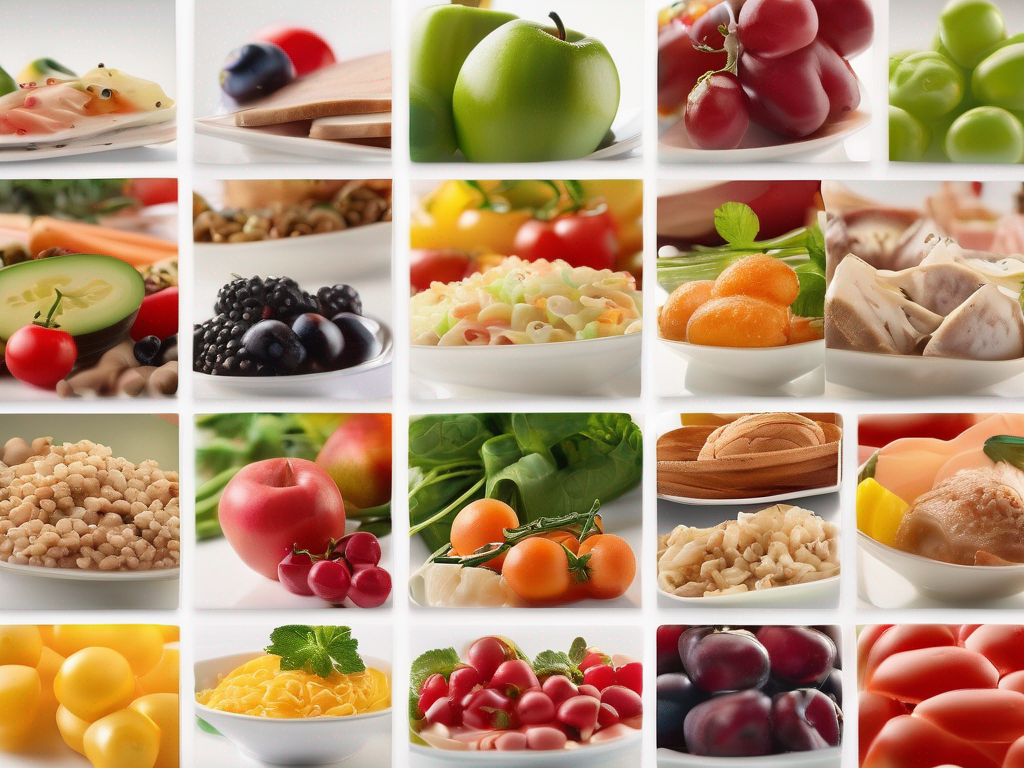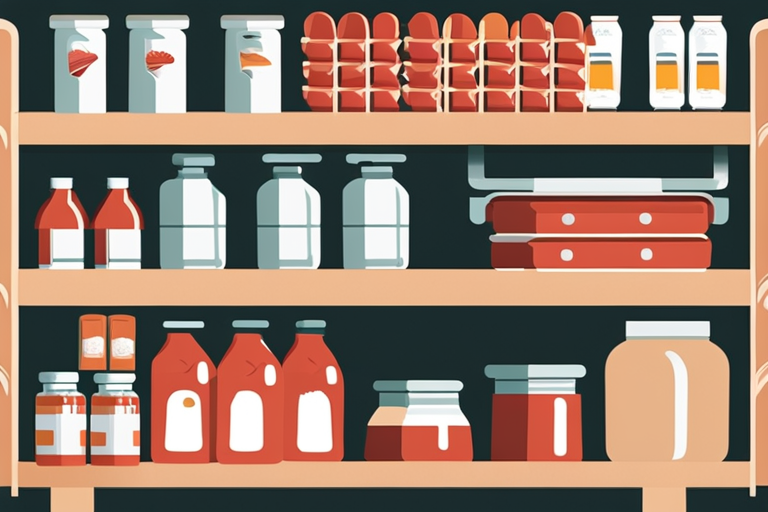
The Ultimate Guide to Food Pantry Organization and Safety
Get Your Free Food Safety Cheat Sheet
30 most common foods with instant answers. Print it and stick it on your fridge—completely free!
The Ultimate Guide to Food Pantry Organization and Safety
In today's fast-paced world, having a well-organized food pantry is essential for maintaining a healthy and efficient kitchen. A well-organized pantry not only makes meal planning easier but also helps prevent food waste and ensures food safety. In this comprehensive guide, we will explore the best practices for organizing and maintaining a food pantry to keep your ingredients fresh, accessible, and safe for consumption.
Importance of Food Pantry Organization
A well-organized food pantry offers numerous benefits, including:
- Efficient Meal Planning: A well-organized pantry makes it easier to see what ingredients you have on hand, helping you plan meals more effectively.
- Preventing Food Waste: By keeping track of expiration dates and rotating items, you can reduce the risk of food going to waste.
- Saving Money: With a well-organized pantry, you are less likely to buy duplicate items or forget about hidden ingredients, saving you money in the long run.
- Promoting Food Safety: Proper organization and storage practices help prevent cross-contamination and foodborne illnesses.
Tips for Organizing Your Food Pantry
1. Declutter and Clean
- Start by removing all items from your pantry shelves.
- Check expiration dates and dispose of any expired or spoiled items.
- Wipe down shelves with a damp cloth or cleaning solution.
2. Categorize Items
- Group similar items together (e.g., canned goods, grains, spices).
- Use clear containers or bins to store small items like spices or packets.
- Label shelves or containers for easy identification.
3. Maximize Shelf Space
- Use shelf risers to create additional storage space.
- Consider installing hooks or racks on the inside of pantry doors for hanging items like aprons or shopping bags.
- Utilize vertical space with hanging baskets or over-the-door organizers.
4. Practice FIFO (First In, First Out)
- Place newer items behind older ones to ensure older items are used first.
- Regularly rotate items to prevent food spoilage.
5. Maintain a Shopping List
- Keep a running list of pantry staples that need to be replenished.
- Check your list before shopping to avoid buying items you already have.
Food Safety in the Pantry
1. Proper Storage Guidelines
- Store canned goods in a cool, dry place away from direct sunlight.
- Keep grains and dry goods in airtight containers to prevent pests and moisture.
- Store spices away from heat sources to maintain flavor potency.
2. Watch for Signs of Spoilage
- Check for signs of mold, off smells, or unusual discoloration in food items.
- Discard any items that appear spoiled or past their expiration date.
3. Prevent Cross-Contamination
- Store raw meat, poultry, and seafood on the lowest shelves to prevent drips onto other items.
- Use separate cutting boards for raw meats and ready-to-eat foods.
Conclusion
A well-organized food pantry is the cornerstone of a functional and efficient kitchen. By following the tips outlined in this guide, you can create a pantry that promotes meal planning, prevents food waste, and ensures food safety. Remember to regularly declutter, categorize items, and practice FIFO to maintain a well-organized pantry that supports your cooking endeavors. Happy organizing!

Authoritative Food Safety References
These agencies and university labs inform every tip and health precaution we publish.
USDA FoodKeeper – Cold Storage Guidelines
Official refrigerator, freezer, and pantry timelines maintained by the U.S. Department of Agriculture.
Visit USDA FoodKeeperFDA Produce Safety Rule & Grower Guidance
Field-to-fridge handling practices that prevent contamination of fruits, vegetables, and leafy greens.
Visit FDA Produce SafetyCDC Foodborne Illness Prevention Hub
Surveillance-backed guidance on pathogens, symptoms, and steps to reduce foodborne illness risk.
Visit CDC Food SafetyUC Davis Postharvest Technology Center
University research detailing optimal storage atmospheres for produce after harvest.
Visit UC Davis PostharvestPenn State Extension – Home Food Preservation & Safety
Peer-reviewed extension bulletins on safe canning, chilling, and reheating practices.
Visit Penn State ExtensionWhat are the best practices for maintaining food safety in a pantry?
How can I prevent food spoilage and waste in my pantry?
What are the signs of pantry pests and how can I prevent them?
How often should I clean and organize my food pantry for optimal safety?
Get Your Free Food Safety Cheat Sheet
30 most common foods with instant answers. Print it and stick it on your fridge—completely free! Want more? Upgrade to the complete guide with 70+ foods.
Scan your food directly and get instant safety info using our AI-powered camera feature.